
The image comes from a scene in the show where an android is trying to convince a police detective that he is human. He’s a long way from Westworld standards of artificial intelligence, however, and keeps wrongly identifying the objects around him. He thinks roses are violets, and asks if a butterfly is a pigeon.
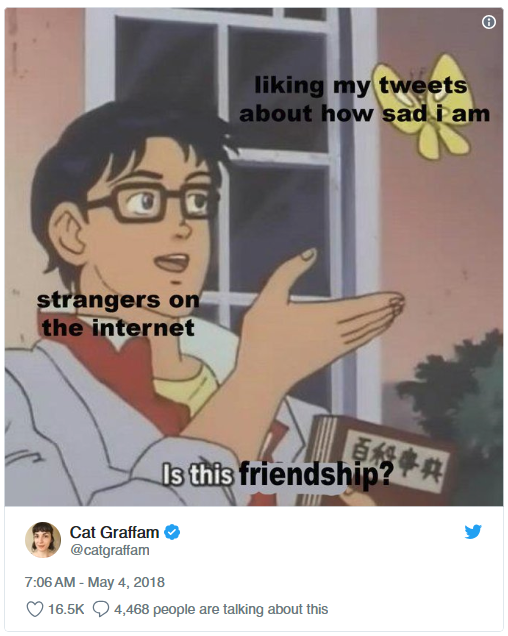
After the official Netflix account used the meme to comment on the questionable casting of actors in high-school dramas, its popularity soared.
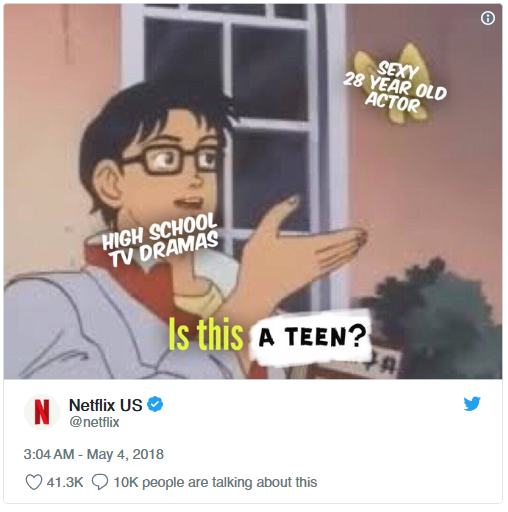
But what’s so special about this picture? He’s just a boy, standing in front of a butterfly, asking if it’s a pigeon.
Some have said the meme has a melancholy quality; some iterations involve mistaking likes on Twitter for friendship, while others joke about “buying expensive things with money I shouldn’t spend” in a quest for self-care. It was also suggested that the meme acts as a window into people’s psychology, and “could help demystify the process of dealing with depression and other mental health issues”.
But the truth is that, like any memetic form, it can’t be contained to a single topic. It’s already been adopted by the left and right, feminists and “incels”, and used to comment on everything from Ohio environmental politics to rape culture.
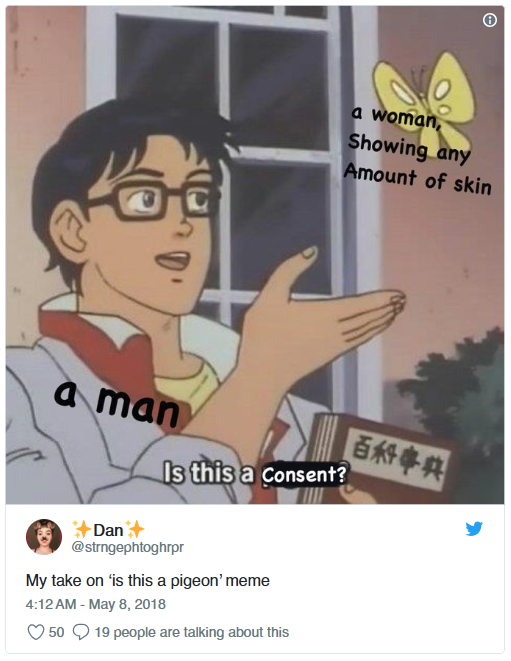
This sudden popularity is probably down to its similarity to the “distracted boyfriend” stock image that has been doing the rounds since last year.
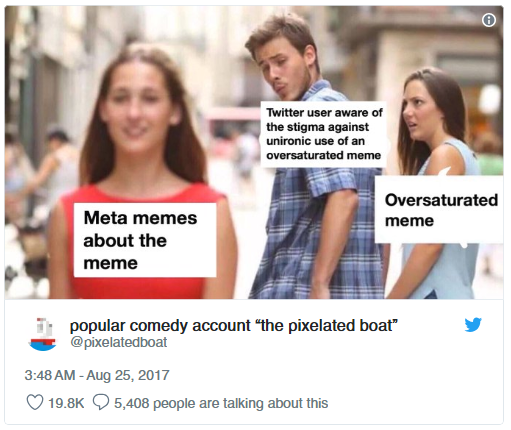
Previously, most memes consisted of ugly text laid over a single image, making it easy for anyone to adapt. But distracted boyfriend created the feel of a comic strip – making it enormously popular and spawning a whole new genre of meme.
Finding an image that can tell a story so perfectly isn’t easy, but “is this a pigeon?” fits the bill, which is likely why it remerged. It also helps that anyone with the most slapdash editing skills can give it a go.
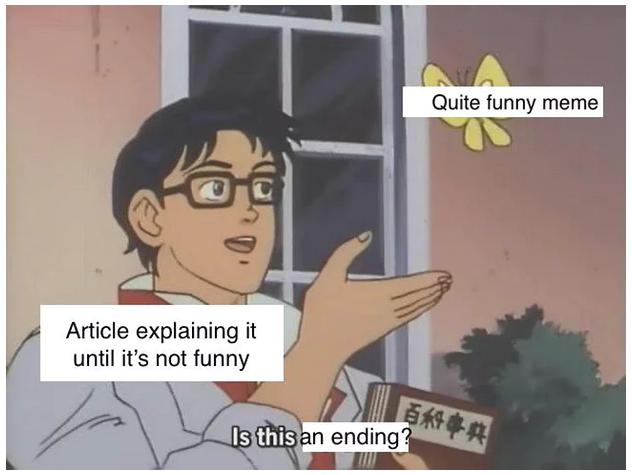
Leave a comment